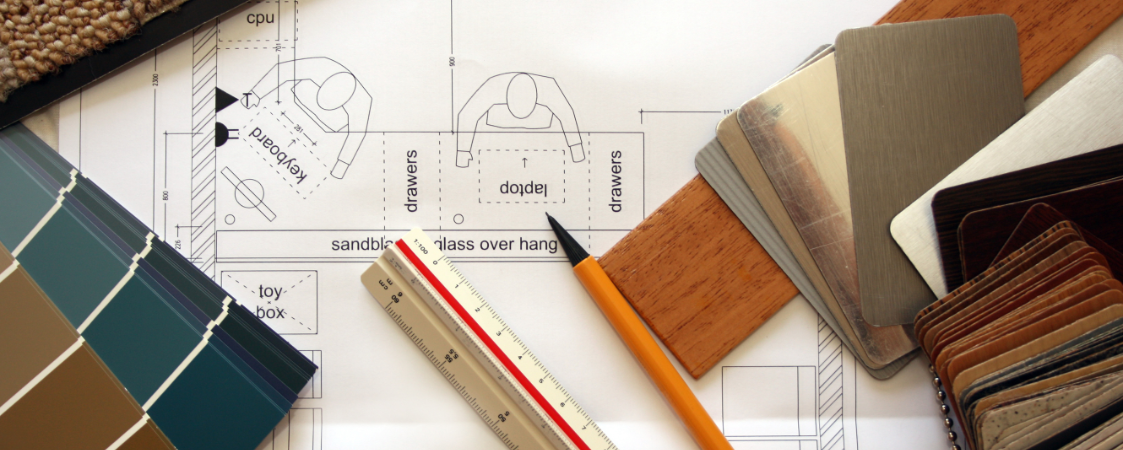Improving your home is one of the most rewarding things you can do as a property owner, whether you’re planning to sell or simply want a space that feels better to live in. But even the best intentions can lead to costly mistakes. Here are some of the most common pitfalls — and how to avoid them.
Not Setting a Clear Budget
It’s easy for home improvement projects to grow bigger than expected. Without a clear budget, small upgrades can quickly turn into major expenses. Before you begin, map out what you’re willing to spend and stick to it. This keeps decisions simple and prevents overspending on features that won’t add long-term value.
Choosing Style Over Function
A beautiful design might catch your eye, but comfort and practicality should always come first. Consider how each change will work for your household — from durable flooring choices to storage solutions that fit your lifestyle. A well-planned improvement is one that looks good and feels effortless day-to-day.
Ignoring Long-Term Maintenance
Some upgrades look fantastic at first but require constant upkeep. Avoid choosing materials, plants or fixtures that need more maintenance than you realistically have time for. Low-maintenance gardens, durable surfaces and efficient fittings will save you effort and stress down the track.
Skipping Professional Advice
DIY can be great for small updates, but bigger changes often benefit from expert guidance. A quick conversation with a builder, electrician or designer can help you avoid structural issues, electrical problems or costly redos. It’s also worth speaking to a real estate agent if you want to understand how certain improvements may influence your home’s value.
Overcapitalising on Your Home
One of the most common mistakes is investing more in improvements than you can reasonably expect to recoup. Before embarking on major upgrades, consider your suburb, your property’s existing layout and what similar homes are offering. Smart improvements should enhance your home without pushing it outside the price expectations of your area.
A thoughtful approach to home improvement can boost comfort, functionality and long-term value — without unnecessary complications. By planning carefully and avoiding common pitfalls, you’ll create a home that’s enjoyable now and well-positioned for the future.




